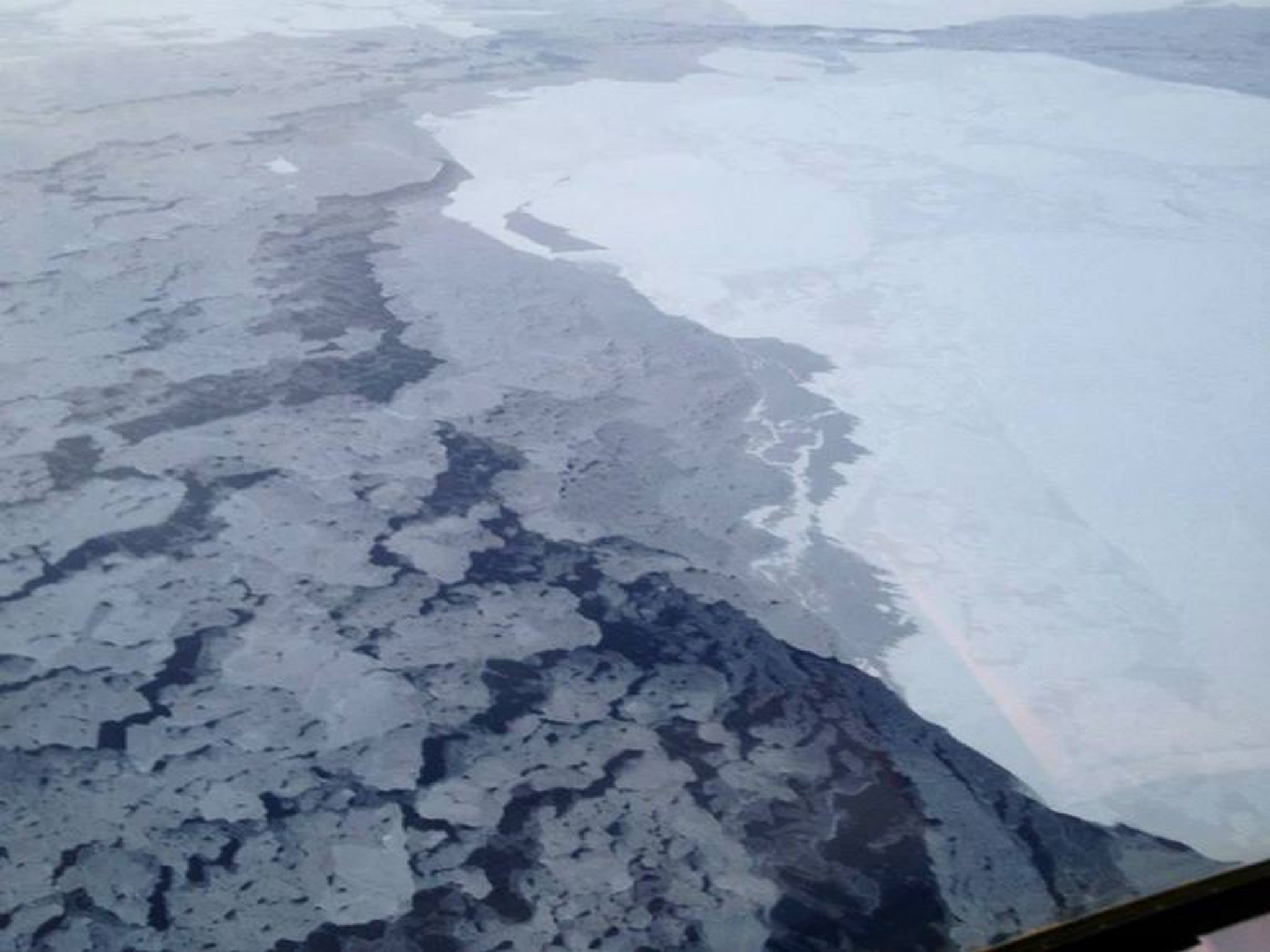The good news: there has been a dramatic increase in Arctic sea ice. The bad news: it's still half the level is was in the 1980s
Even worse, the rebound is probably only a temporary respite

The volume of the sea ice floating in the Arctic Ocean increased by about 50 per cent in October compared to the same period of 2012, which was one of the lowest on record, scientists said.
Europe's CryoSat satellite, which is designed to monitor sea-ice thickness, measured about 9,000 cubic kilometres of sea ice in October 2013, a notable increase compare to the 6,000 cu km seen in October last year.
Scientists said that the rebound probably marks a temporary respite for the polar region, which has seen dramatic and long-term changes in recent decades due to regional warming that has melted Arctic ice on both land and sea.
The extent of the surface area covered by sea ice - measured by a different satellite - also saw an increase on the previous year, however it was still the sixth lowest since satellite records began in 1979. The seven lowest recorded sea-ice extents have all occurred in the last seven years.
Sea ice naturally increases from about mid-September to March and then recedes again during the warmer summer months. However, measurements from satellites and nuclear-powered submarines all show a significant long-term average decline in both sea ice volume and surface area extent over the past four decades.
Although last October saw a significant return of the sea ice compared to the previous October, it was still less than half the estimated volume of the same time period in the early 1980s, said Professor Andrew Shepherd from University College London.
"The 9,000 cubic kilometres we measured in October is still very much smaller than the 20,000 cubic kilometres we estimate for the same time in the early 1980s. So today's minimum still ranks among the lowest for the past 30 years," Professor Shepherd said.
"The October figure is still a significant result and it's not to be underestimated, but it's not an unexpected result. We do see year-to-year variations in the sea ice due to changes in weather patterns," he said.
The European Space Agency's Cryosat satellite, which has been operating for four years, found that 90 per cent of the rebound was due to sea ice that had survived the summer melt season, the so-called "multiyear" ice. Just 10 per cent was first-year ice that had newly formed.
It found that the multiyear ice, which is generally thicker than single-year ice, is now on average about 20 per cent or around 30 centimetres thicker than the previous year, said Rachel Tilling the UK's Centre for Polar Observation and Modelling, who led the study.
"One of the things we'd noticed in our data was that the volume of ice year-to-year was not varying anything like as much as the ice extent - at least in 2010, 2011 and 2012. We didn't expect the greater ice extent left at the end of this summer's melt to be reflected in the volume. But it has been, and the reason is related to the amount of multiyear ice in the Arctic," Dr Tilling said.
An Arctic "report card" for 2013, presented to the American Geophysical Union last week, found that the long-term trends in the polar region continued to show that it is warming rapidly and as a result has experienced dramatic changes, such as decreased snow cover, melting permafrost and diminishing ice both on land and sea.
"The Arctic Report Card presents strong evidence of widespread, sustained changes that are driving the Arctic environmental system into a new state and we can expect to see continued widespread and continued changes in the Arctic," said Martin Jeffries, of the University of Alaska, Fairbanks.
David Kennedy, deputy undersecretary for operations as the US National Oceanic and Atmospheric Administration, said: "The Arctic caught a bit of break in 2013 from the recent string of record-breaking warmth and ice melts of the last decade. But the relatively cool year in some parts of the Arctic does little to offset the long-term trend of the last 30 years: the Arctic is warming rapidly."
Join our commenting forum
Join thought-provoking conversations, follow other Independent readers and see their replies
Comments